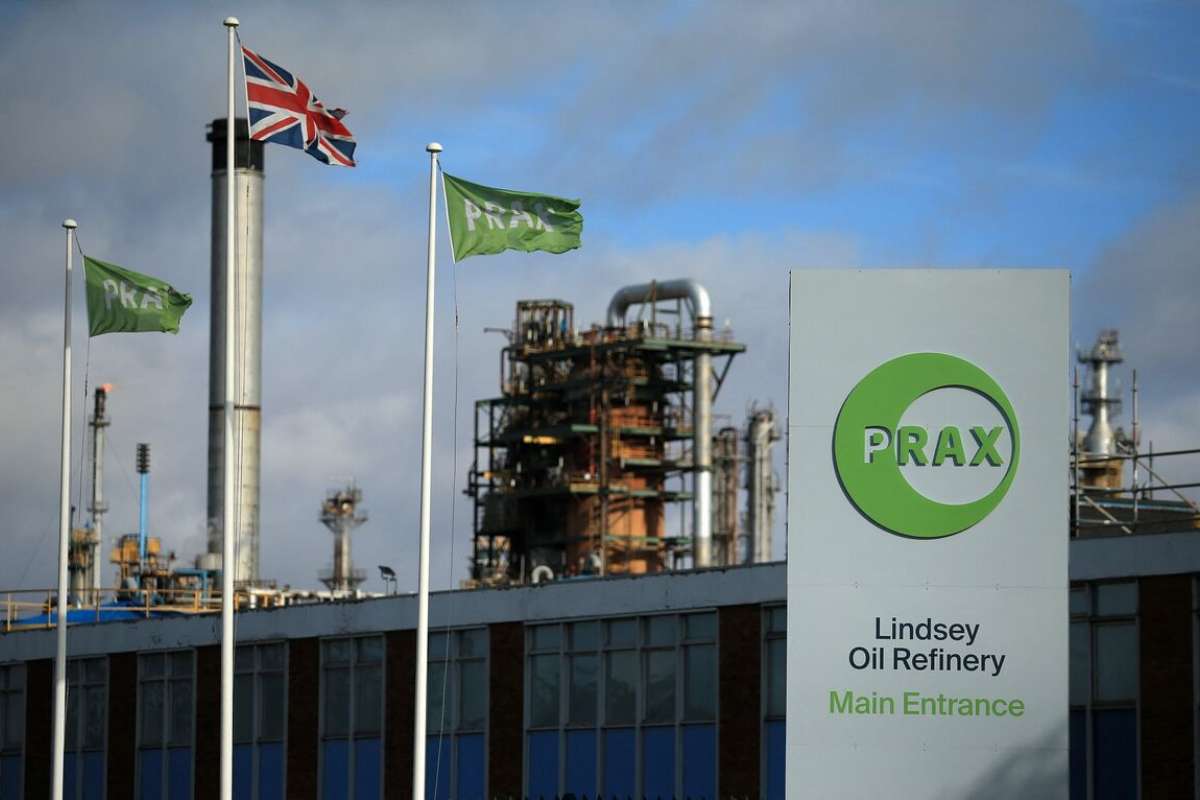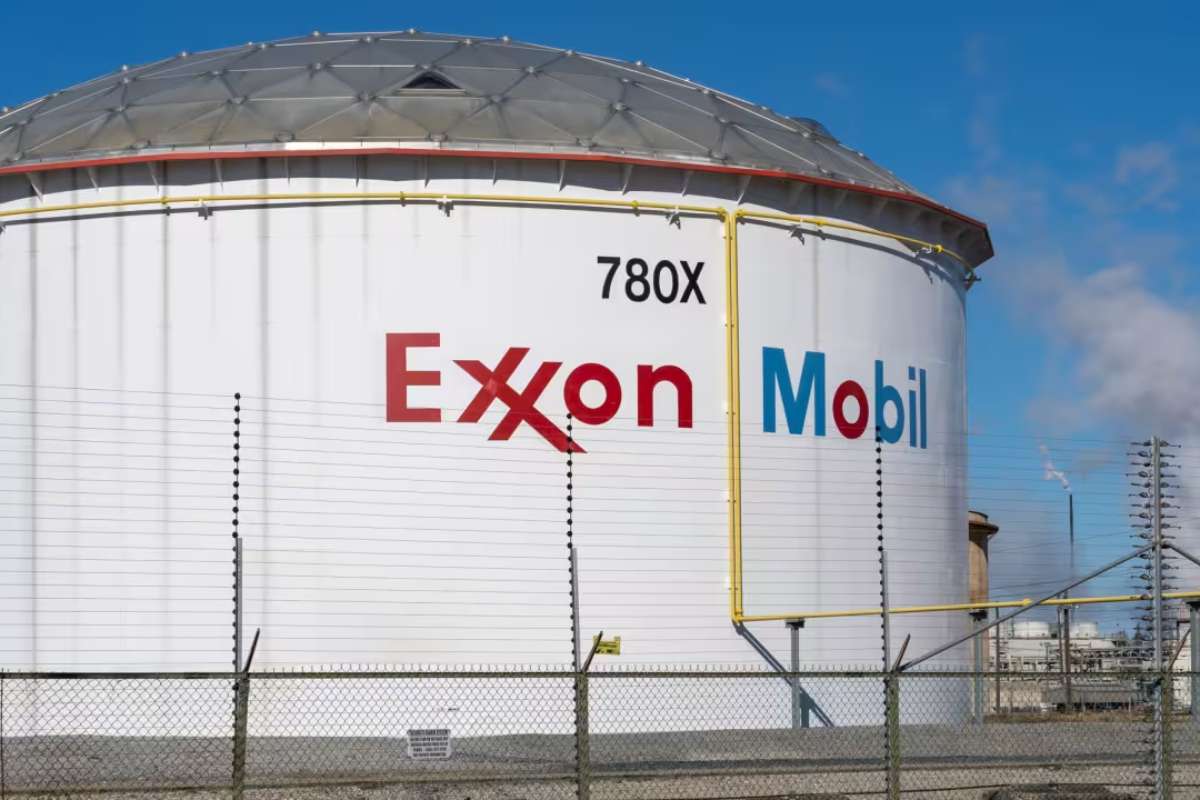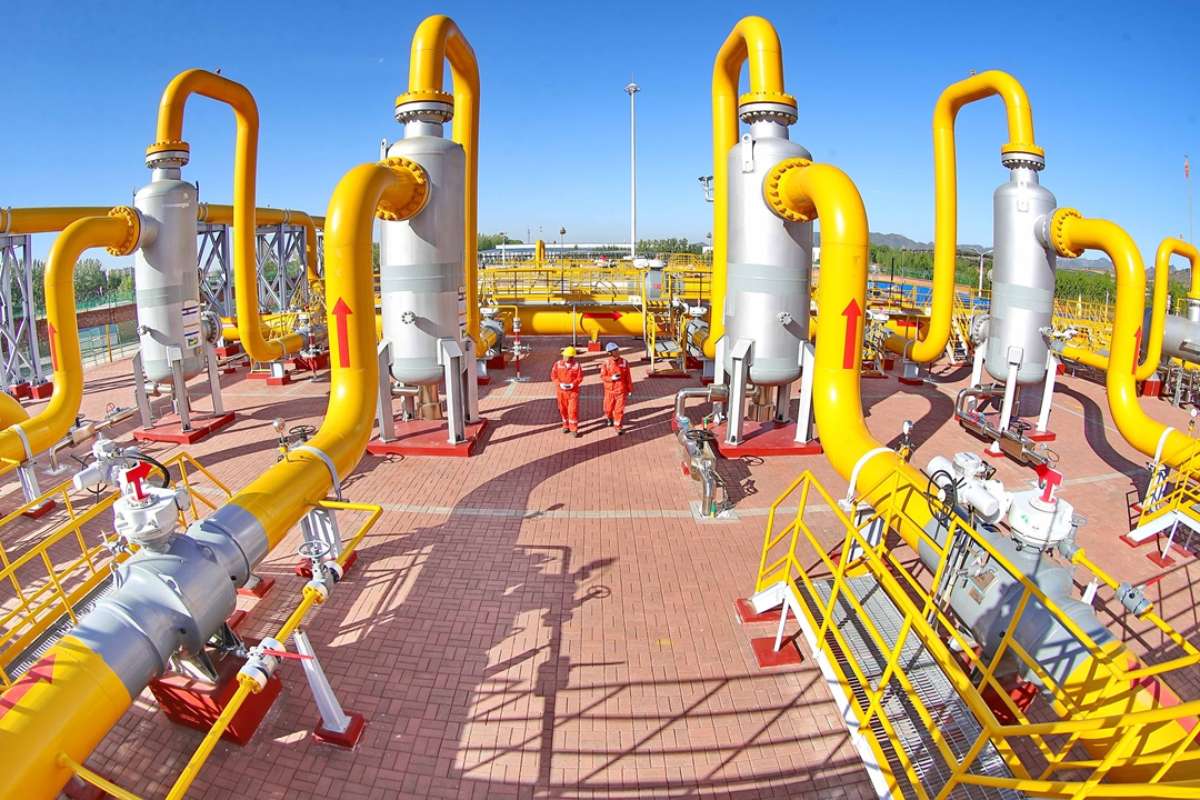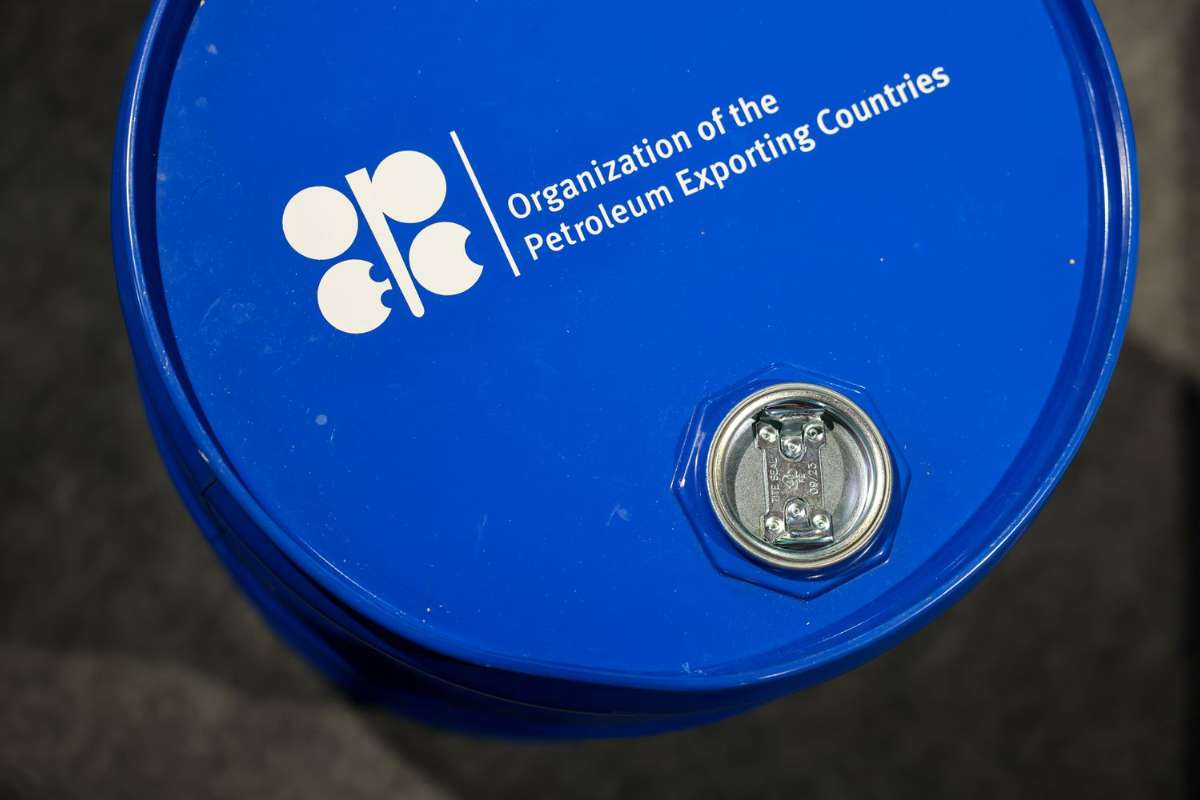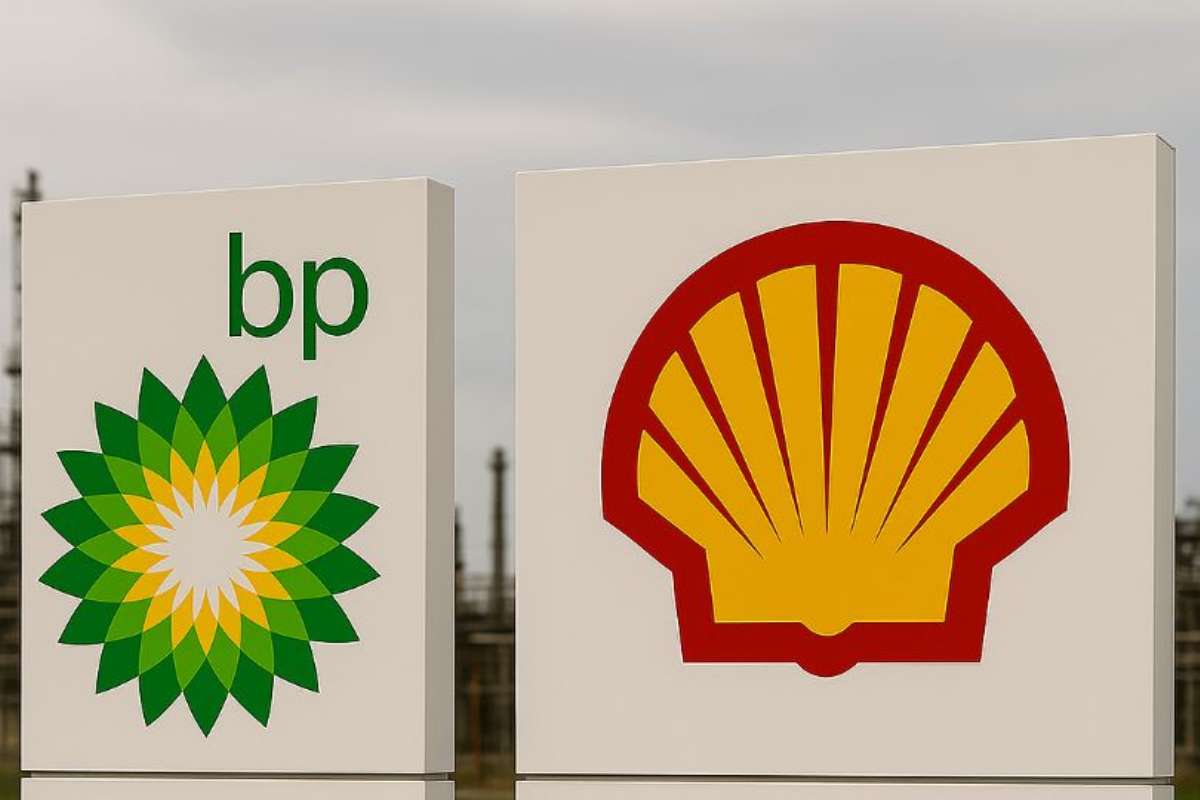The oil and gas sector witnessed a turbulent yet eventful week, with crude oil prices surging while natural gas continued its downward trend. West Texas Intermediate (WTI) crude futures climbed over 5% to settle at $64.68 per barrel, breaking a multi-week losing streak. The rally was attributed to a weaker U.S. dollar, tighter sanctions on Iranian oil, and easing global trade tensions. OPEC+ also played a pivotal role by urging member nations to reduce excess output, supporting the market’s supply-demand balance.
In contrast, natural gas futures fell nearly 8% to close at $3.249 per MMBtu. The dip was fueled by record-breaking production levels and subdued near-term demand, raising concerns about oversupply. This pricing divergence underscored the volatile dynamics shaping the global energy landscape, as companies also released critical quarterly performance updates.
Earnings Roundup: BP and Diamondback Show Divergent Trends
BP plc signaled a cautious start to 2025, citing weak performance in its natural gas trading unit for the first quarter. The UK-based energy giant expects lower upstream production, primarily due to recent asset sales in Egypt and Trinidad. Although oil production is set to rise modestly, gas and low-carbon output are projected to dip. The company’s Q1 earnings are estimated at 64 cents per share, a steep decline from 97 cents in the same period last year. BP also noted that oil and gas sector prices are expected to remain relatively flat compared to the previous quarter.
Meanwhile, Diamondback Energy reported stronger operational results. The U.S. shale producer averaged 475.9 thousand barrels of oil per day and 850.7 thousand barrels of oil-equivalent per day in Q1 2025. The company recorded impressive unhedged realized prices for oil and natural gas liquids, and posted a derivative gain of $226 million. Demonstrating confidence amid market volatility, Diamondback repurchased over 3.6 million shares, valued at $575 million, reinforcing its shareholder return strategy.
LNG Projects, Exploration Updates Highlight Sector Activity
The liquefied natural gas (LNG) space saw significant developments. Venture Global’s Calcasieu Pass facility officially entered commercial operations on April 15, 2025. The plant began exporting LNG in 2022 but faced legal challenges from major customers like Shell and BP, who accused the company of withholding contracted deliveries in favor of spot market sales during high-price periods. Venture Global cited technical disruptions, COVID-19 impacts, and hurricane damage as reasons for the delay.
Next Decade also made headlines with a long-term LNG supply deal with Total Energies, involving 1.5 million tons annually from its Rio Grande LNG Phase 1 in Texas. The project’s location near major shale plays ensures a stable supply chain and minimal weather-related disruptions.
Chevron, on the other hand, announced its exit from Egypt’s Red Sea exploration blocks due to unviable drilling outcomes, despite significant investments. However, the company reaffirmed its regional interest, eyeing new Mediterranean blocks in collaboration with Shell and Woodside Energy.
The week’s mixed signals—buoyant oil prices, declining gas rates, earnings variability, and LNG expansion—highlight the energy, oil and gas sector complexity amid global economic and geopolitical shifts. Market watchers will now focus on U.S. government reports, rig counts, and upcoming Q1 earnings to track future trends.
Visit more of our news! Oil Gas Energy Magazine
